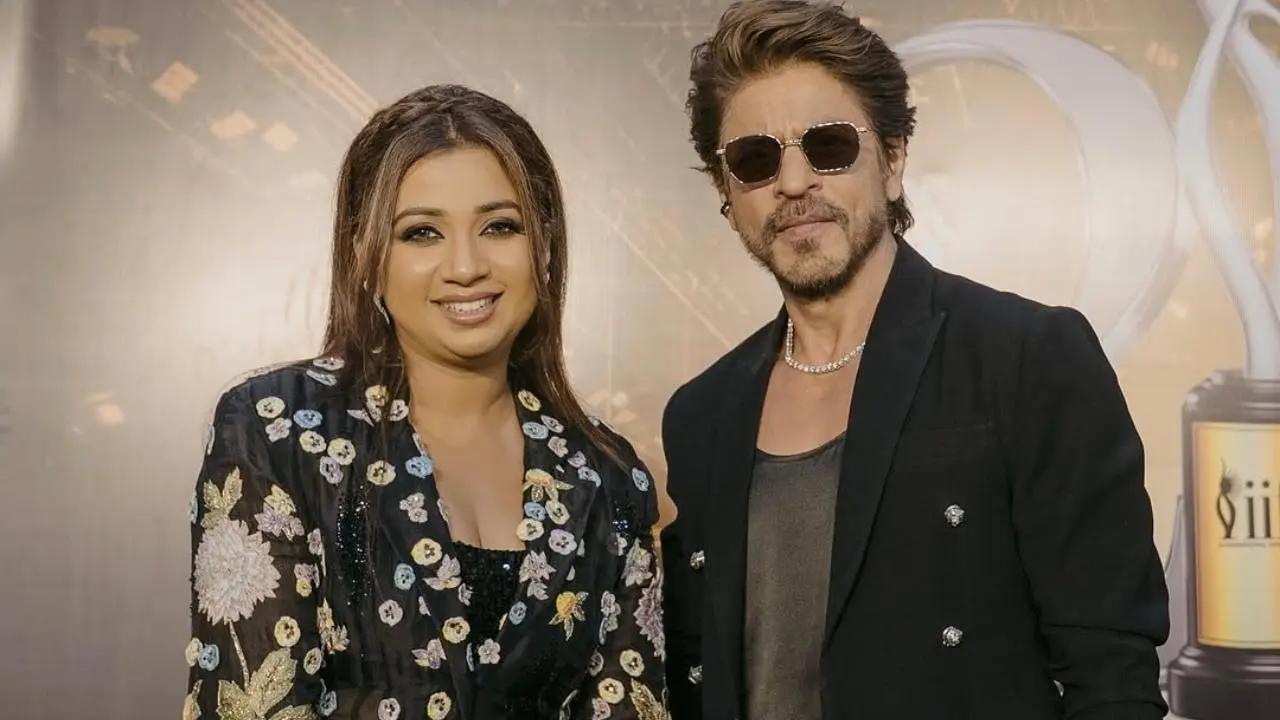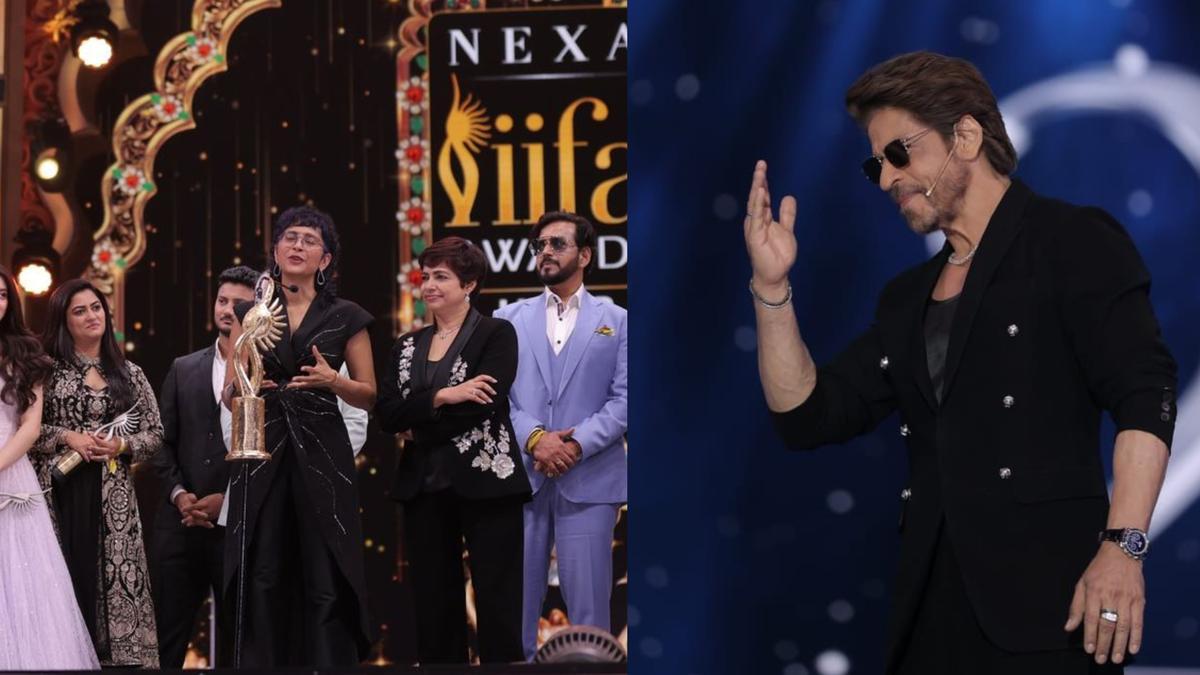
It has been barely three weeks since I returned home from my annual Carnatic music adrenalin rush — a non-stop, round-the-clock festival of musicians of every hue displaying their skill across the length and breadth of Chennai. I fell to thinking about the way in which we members of the audience, since time immemorial, appreciate an artiste’s performance during a concert. I am particularly fascinated by the we use the age-old device of applauding to let the musicians know we have enjoyed what they have taken the trouble to offer us.
The applause is an integral part of an audience’s participation during a performance that we do not even consciously think about. It just happens. At times spontaneously, at times mechanically. And at times caught between and betwixt, not sure if the performance is deserving of an applause or not. Thus, the end result could be a spontaneous eruption or an apologetic whimper, but an applause all the same. Let us look at this fascinating aspect of audience appreciation in a bit more detail.
Before I embark on that task, let me establish one cardinal rule governing the employment of the applause at a Carnatic music concert. Namely, that the culmination of any aspect of the performance, be it a raga alapana by the singer or the instrumentalist, a flurry of fast-paced swaraprastaras, the thunderous end of a percussion solo, and indeed, the end of a song, all these must necessarily be followed by an applause. There is no question of sitting stock-still when some piece of music has just been concluded. The hands have to come together and burst forth. We have also grown accustomed to witnessing mediocre performances receiving standing ovations. Whither discernment?
In this respect we differ greatly from the behaviour of an audience at a western classical concert. If you so much as clap your hands even gently after the first movement of one of Bach’s Brandenburg Concertos, you are as good as dead in the water. Censorious glances will be directed at you, while you look for a non-existent hole in the ground to bury yourself. That is their tradition, though I am always baffled as to why, if the first movement of a symphony moves you to applaud, you must curb your natural instincts and wait till the third movement. Always assuming there isn’t a fourth movement! If you are a novice, then the best thing is to sit back and join in the applause when the entire audience has got into the act. On one occasion in Kolkata at a chamber concert, I was guilty of such a faux pas, when I distinctly heard a haughty lady hissing under her breath, ‘villager.’ It is well-nigh impossible to ‘hiss’ a word without a sibilant sound in it, but she managed it. Minding your Ps and Qs at a western classical concert is a given. A quaint practice, but it is what it is. In the words of classical pianist Emanuel Ax, ‘We seem to have set up some very arcane rules as to when it is actually OK to applaud.’
Thankfully, that is not the case with any Indian classical music performance. Free-spirited, we will clap as the mood takes us and let the devil take the hindmost. Let me get back to the essential point of my essay. Having closely observed audience behaviour at Carnatic music concerts for several decades now, I have arrived at some definitive ideas about how to classify different types of applause. Forgive my improvised Latin.
Applaudus Erupticus – The audience goes berserk. The end of a particular piece has so moved them that they simply cannot stop clapping. So much so that the performer concerned almost looks a bit sheepish, as if to say, ‘Is this really me they are getting so excited about?’ It is, it is, you have outdone yourself. Soak it all in while you can. Who knows when it will happen again?
Applaudus Apologeticus – Oftentimes, this insatiable desire to clap after any and every piece places the audience in an awkward muddle. That particular alapana by the artiste in the raga Suddha Saveri did not quite hit a home run. Far from it. Truth to tell, the essay did not even get to first base, putting the audience in a quandary. However, decades of applauding at all natural pauses in a concert has ensured that the act is inextricably embedded in our muscle memory. So here we go. A few barely audible pitter-patter claps are heard from distant parts of the concert hall. This time the performer really looks sheepish for the right reasons but soldiers on.
Applaudus Boisterous – There is an impossible person, you will find him in every concert, who makes it a habit of standing up after each song and clapping loudly and conspicuously, at times accompanied by a stentorian, ‘bale, sabhash!’ He is up like a jack-in-the-box, and no power on earth can stop him. A few others in the audience even see him as something of a folk hero, and proceed to take selfies with him after the concert. Most of us, though, consider him an insufferable pain-in-the-neck, who ought to be turned away at the gates.
Applaudus Sympatheticus – In Tamil parlance, you could describe this lot as ‘the paavam brigade.’ The artiste tried his or her best, but the effort was clearly not worth the candle. In an auditorium with a seating capacity of 600, only 32 had turned up, half of them relatives of the performers on stage. The applause, muted as it must be, is to provide encouragement, though it comes across as solace. That said, we have known artistes from this backdrop emerge later as shining stars. The boot is then firmly on the other foot as they visualise future applause rising to a crescendo. Hope springs eternal.










